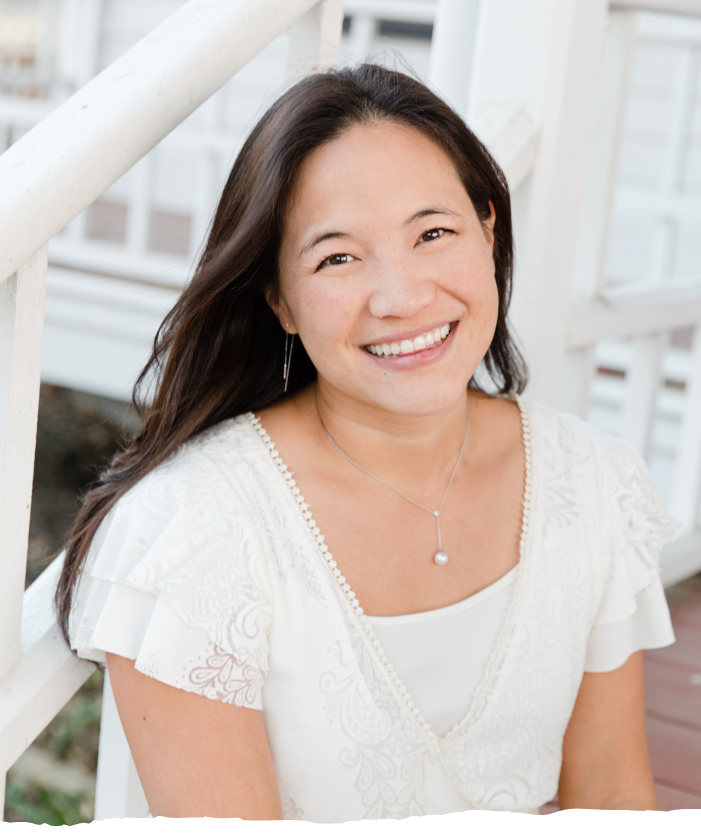
“However, the phoenix also represents rebirth. “The phoenix is an important icon in Chinese culture and is typically female, which felt right given all the strong female characters in the story,” Wong explained. Wong said they made sure to weave the story’s themes into Dung Ho’s “gorgeous art” as well, especially with the phoenix. Her feedback inspired the last few pages, and I can’t imagine the book without them now!” Ho added, “When we talked over revisions, she pushed me to include those ideas in the story. It was something about how the simple act of recognizing your own beauty and power, despite not fitting into western ideals, is revolutionary.”

Wong stated, “While talking to Joanna about why she wrote this book, one of the words that stuck out to me was ‘revolutionary’. “I knew from her first email that she deeply understood and championed the story and its themes,” she said, praising Wong’s “amazing ability to see the story I was trying to tell and how to revise it to match the vision.” Ho, for her part, said she feels “so incredibly fortunate” that the book landed with Wong. “Personally, it was one of the books I acquired the quickest, from it hitting my inbox to bringing it to acquisition and making an offer.” Wong also mentioned her gratitude for “books like Hair Love and many more for paving the way,” commending the wave of picture books that celebrate their characters’ ethnic and cultural individualities. “After reading it for the first time, I knew I had to be the editor for it,” she said. “They have the power to create their own kingdoms of the future.”Īs for the acquisition process, Wong called the decision an easy one.

“I wanted readers to recognize their own ability to disrupt and dismantle systems that perpetuate oppressive narratives,” she explained. Pregnant with her daughter while penning the initial draft, Ho sought to craft a story inspiring children to embrace their own features, despite societal pressures. We spoke with Ho and her editor, Clarissa Wong, about the book, its publication process, and the team’s future. Determined to refute a childhood of media consumption that solely validated “impossibly narrow” Western beauty standards, debut author Joanna Ho told PW she set out to write a picture book that “celebrated not only the physical beauty of Asian eyes, but also the power we have to create change in the world.” After years of writing and revising, Eyes That Kiss in the Corners illustrated by Dung Ho (HarperCollins), released this past January, sold 8,000 print copies in its first week, and has sold more than 21,000 print copies to date, per NPD BookScan.


 0 kommentar(er)
0 kommentar(er)
